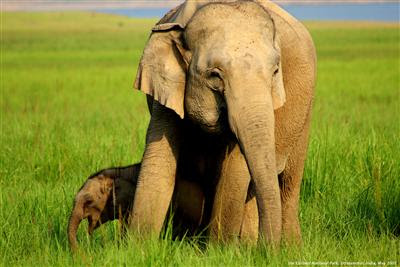
When you have walked among the wildlife, birds, reptiles and raptors in the nature-like environment at the Denver Zoo. For many urban families and children it may be the closest they get to an experience in the natural outdoors. But it is a worthy substitute that should not be missed.
The Denver Zoo is not just a zoo. It is an environment that transports you from the metro urban population to a sitting that makes you feel you are truly in the outdoors, in the habitat of the wildlife you are witnessing.
The zoo is an educational classroom. It is a place to visit, a place teens and adults can volunteer. When you are there it absorbs you into the sense you are moving from the plains of South Africa to the rainforests of the Amazon to the world’s deserts, the rivers and lakes around the globe and the tundra and frozen artic circle. The realism of the animal and bird environments cast you into a kind of outdoors reality show. One forgets you are in the midst of a metropolitan city.
One of the good feelings you leave the Denver Zoo with is simply having consumed the beauty and presence of wildlife and unique bird species being conserved and protected. You feel equally good to witness wildlife existing in an amazingly realistic and natural environment.
There is an abundance of programs open to individuals, families and children that benefit the animals and birds.
The Adopt-an-Animal classroom program is an interactive learning experience for school students. The adult volunteer program and teen volunteer program for ages 13-17 bring wildlife and young people together. Families and youth can be updated monthly by registering for the Educator, a bulletin available to the public. The zoo sponsors a Scout night each year that offers merit badge points. The Wild at the Movies offers adults and youth a unique wildlife film festival comparable to the popular Discovery Channel. A Halloween Boo at the Zoo day is a fun kids program held annually. The popular Zoo Lights runs through December, featuring animated animal light sculptures. 2008 is the year of the frog and the Denver Zoo will host a Leapfrog Day. These are just some of the community wide zoo programs.
Parents and teachers have an equally exciting variety of educational programs as well. The Children’s Conservation Theater, overnight Bunk with the Beasts, environmental service-learning, Young Scientists, Science Workshops, Guided group tours and career programs are some of the wide ranging learning programs where the zoo partners with metro area school districts. And the popular outreach program staff takes the zoo on the road. Some of these programs have a cost, which are supported by scholarships.
The family and youth educational programs and the classroom and community outreach programs administered by the zoo staff can be explored in detail by calling Matt Herbert, Outreach Manager, or Jim Garcia at 303-376-4867 begin_of_the_skype_highlighting 303-376-4867 end_of_the_skype_highlighting. For general information, including group tours and outreach road programs available in metro communities, call 303-376-4888.
The Denver Zoo is one of the nation’s most extensive facilities housing a wide range of wildlife species. Don’t miss a day outdoors at the indoor world of the Denver Zoo.
source:http://www.metrowestfyi.com/story_display.php?sid=9632















